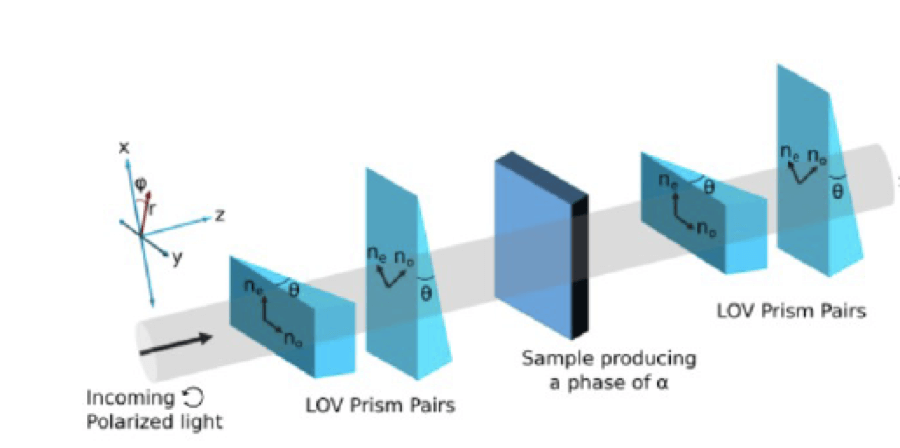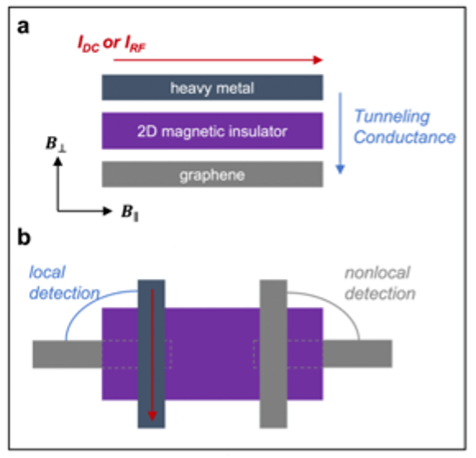Summary
With David Cory and collaborators at the National Institute of Standards and Technology (NIST) we explore how to engineer beams of neutron or photons that carry entanglement. The degrees of freedom that can be entangled include spin (polarization), momentum, displacement, and angular momentum. These have potential applications ranging from studies of helical internal magnetic fields in matter to helical organization of biological tissue. There is also a wealth of potential applications related to using entanglement to measure controlled self-correlation of materials properties, including local periodicity.

Related Content

Coherent magnon generation, magnon condensation, and quantum spin liquids via spin pumping in 2D magnets
Summary Developing hybrid quantum systems is essential to harnessing the complementary advantages of different quantum technology platforms. This necessitates the successful transfer of quantum information between platforms, which can be achieved, e.g., by harnessing magnons, or spin wave excitations, in magnetic materials. Decoherence due to uncontrolled coupling of qubits to the environment remains a fundamental […]
February 1, 2023

Molecular Scale Magnetic Resonance Imaging
Through its phenomenal ability to image soft tissues, magnetic resonance imaging (MRI) has revolutionized both clinical medicine and research biomedicine.
September 9, 2016
Spin-transfer Torque Magnetic Random Access Memory for On-chip Spin Information Storage
Summary Leakage power in semiconductor memories, such as Dynamic Random Access Memory (DRAM) and Static Random Access Memory (SRAM), can be substantial and is one of the limits for scalability of classical electronics. This is attributed to the fact that the information stored is volatile, requiring constant refreshing, as well as reprogramming upon powering […]
August 6, 2018

Quantum Dynamics of Cavity Interactions with Spin Ensembles
Summary High quality factor cavities can be powerful control elements for ensembles of spins, enabling unitary control as well as on demand cooling. They can also be used to couple two otherwise non-interacting ensembles. The goal of the project is to explore the physics and engineering of such systems both theoretically and experimentally. The laboratory contains a […]
September 7, 2016

